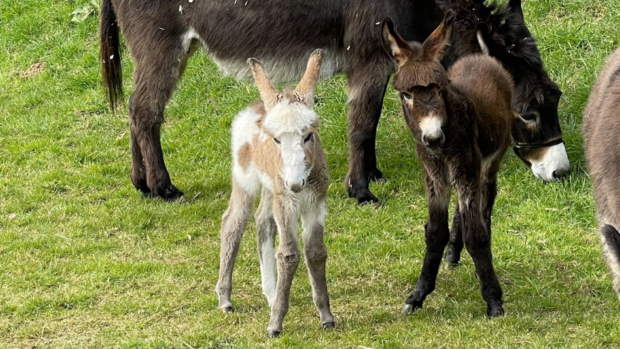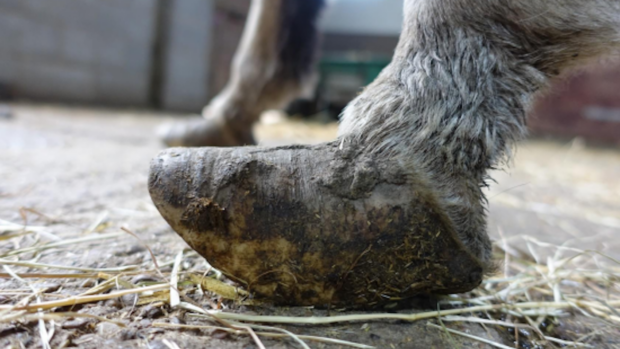To celebrate International Donkey Week — which highlights the plight of donkeys around the world — The Donkey Sanctuary has shared these 16 interesting facts about the long-eared creatures.
1. The average age of a donkey in the UK is 27 years, but they can live into their 50s. The oldest donkey at The Donkey Sanctuary is called Tessa and she is 49 years old.
2. Every kilogram of hay that the donkey consumes needs to be chewed more than 2,000 times. This is in order to reduce the forage to fragments which are much more readily digested than larger particles and also allow the donkey to make efficient use of its food.
3. On average about 60% of the donkey’s body is made up of water.
4. The food requirements of the donkey are lower than those of a similar sized pony, due to the donkey’s superior ability to digest food.
5. Donkeys by their very nature are stoical creatures and rarely show obvious signs of pain and discomfort as part of their defence against predators.
6. The normal heart rate for an adult donkey is around 41 beats per minute, on average.
7. The scientific name for a donkey is Equus asinus.
8. Donkeys often become bonded to other donkeys. If the friend dies or is taken away, the donkey will frequently pine for their companion.
9. Donkeys can survive extraordinarily well with impaired eyesight. A bonded companion with good vision will often act as a guide for its partially sighted or blind friend.
10. The normal length of a donkey pregnancy is 365 to 376 days.
11. A foal resulting from the cross of a donkey stallion with a horse mare is a mule. If the stallion is a horse, the foal from a successful horse and donkey mating is a hinny.
12. Donkeys today come in all shapes, sizes, colours and coat texture. The most common coat colour is grey, followed by brown and then black, roan and broken coloured donkeys (a combination of brown-and-white or black-and-white markings) and the rarest colour is pure white.
13. A donkey is stronger than a horse of equal size.
14. In a desert environment, a donkey can hear and respond to another donkey’s bray up to 60 miles away.
15. Donkeys groom one another with their mouths as part of their herd bonding behaviour.
16. The Roman Army was responsible for the movement of donkeys into Northern Europe. Donkeys were used in agriculture and as pack animals. The Romans used donkeys in their new vineyards, some planted as far north as France and Germany. Donkeys came to England with the Roman invasion of Britain in AD 43.




